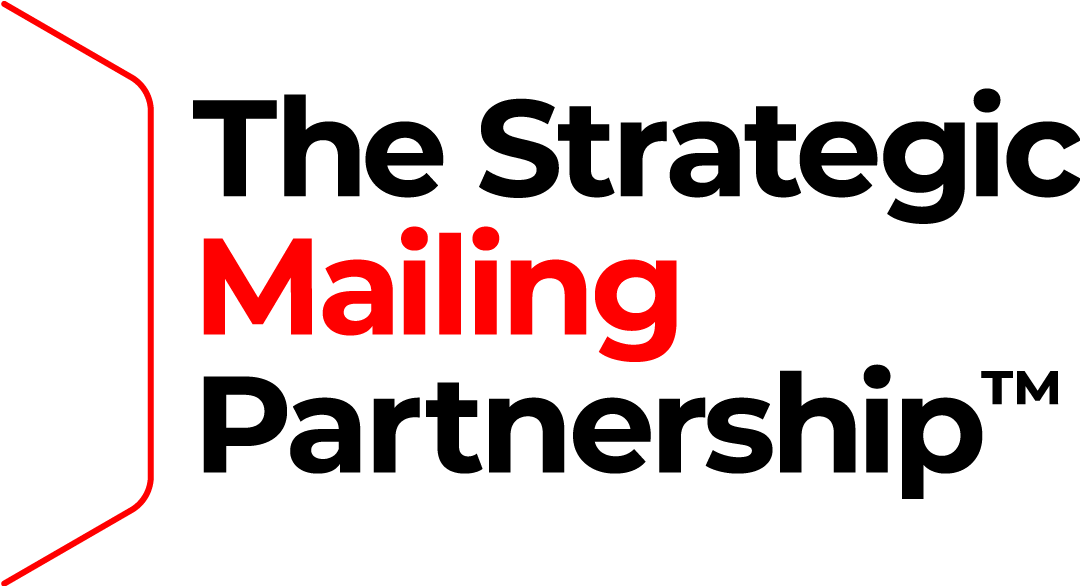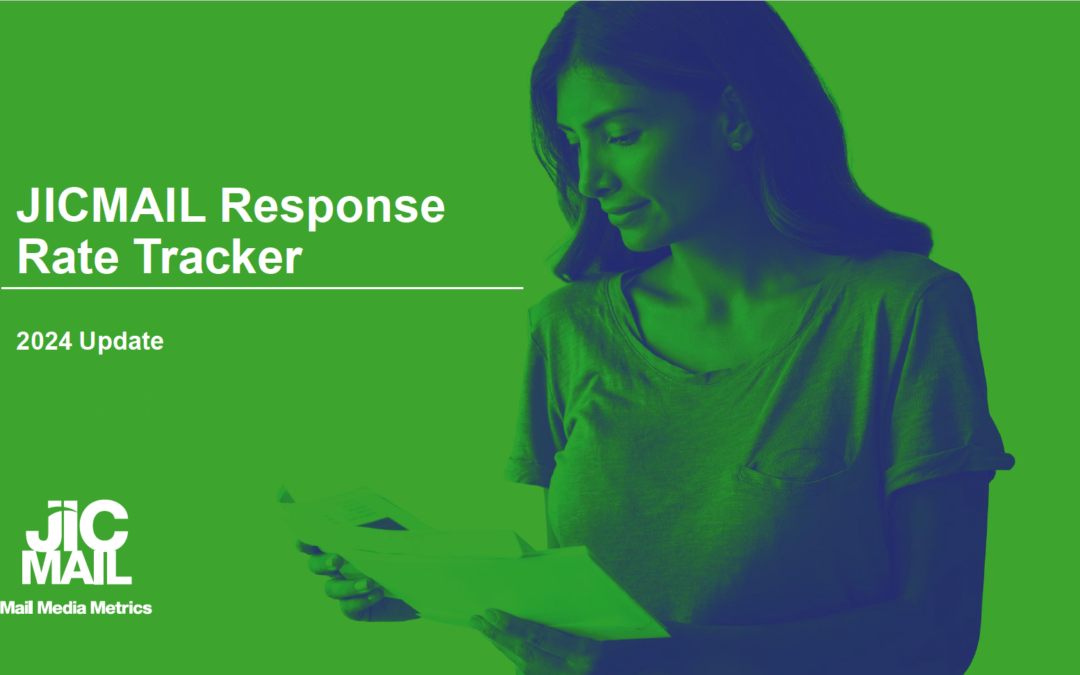Phillip Ricketts, wholesale commercial director at Marketreach, explains why it is crucial for advertisers to understand and measure attention metrics in an increasingly fragmented media environment.
Attention has been on most advertisers’ minds for a couple of years now, and there has been a lot written on the subject in recent months, with research pieces from the likes of JICMAIL, Lumen, Ebquity, WARC and PwC. In a highly fragmented media environment with an ever more distracted audience, Attention should be on every advertiser’s mind and with good reason. But first we must ask; what is Attention, how is it measured, is it even properly understood and is there a consensus on why it matters?
Defining Attention
When we talk about Attention in the context of advertising, we are talking about the fact that people have a choice between options which they can be selective about. For example, very simply, it can be the choice between watching the TV that is on in front of you, your phone in your hand or the magazine by your side; all three are trying to engage you and grab your Attention. However, your Attention is finite, therefore you must give your Attention to one thing at a time.
How do we define Attention measurement in advertising, is there a consensus in the industry?
The amount of choice given to consumers simply makes paying Attention to it all impossible. As Ebiquity’s The Challenge of Attention attests, it is simply no longer possible to reach a mass audience just by running a TV campaign, and characterises marketing as an “Attention Economy”, a competition for everyone’s eyeballs! The Ebiquity study used eye tracking data and shows due to the ease of measurement, and the importance of vision, that this method proves to be highly effective. From the eye tracking study, it’s clear that not all media channels command Attention in the same way, for example, from its findings, a single 30 second TV ad will generate the same amount of Attention as one and a half YouTube ads, or four and a half Facebook in-feed ads.
In WARC’s The True Cost of Advertising Attention, the author, Mike Follett, explores a way in which to standardise how we measure Attention. Standardisation is crucial to measurement, to ensure fairness, for everything to make sense and to make sure we aren’t comparing apples with digital banner ads. Follet states, that by combining data from TVision and Lumen, it is possible to create a true cost of Attention across media channels by calculating an ‘attentive CPM’ (aCPM), the cost of generating a thousand seconds of Attention.
TVision data suggests that a lot of TV ads are not watched or paid Attention to, meaning that “only 43%” of broadcast TV ads are properly viewed i.e., someone giving full Attention and watching the whole creative. But when TV ads do get viewed, oh boy, do they generate a large amount of Attention, and according to the WARC study over 6,000 seconds get generated per 1,000 30 second ads. By using a one size fits all approach to measurement we can finally start to attribute Attention fairly by channel.
There is no one gold standard yet in the industry, but that measurement needs to come, in my opinion, in the form of attentive Cost per Thousand (CPM), or aCPM for short. Only then can we attribute fair and equal Attention metrics to each channel.
Why does Attention matter?
The Attention Council’s (TAC) From Attention to Action, refers to Attention as inevitably becoming the way in which we buy our media. This means that Attention will soon be able to be traded as a commodity and will need to be measured and priced accordingly. The TAC has stated that “the industry needs to come together to reshape the ecosystem in a way that reflects these two essential truths.”
The incentives are as obvious as they are powerful: consumers will enjoy great content, and advertising will be more effective. As a result, content creators will earn the right to higher CPMs. Which I think more than makes Attention worth at least keeping an eye on as the change is coming sooner rather than later.
What does this mean for mail?
We already know from JICMAIL research that mail spends a lot of time in the home and drives many commercial and physical actions. This leads to the conclusion that mail is an important Attention driver, one that people are focused on and are viewing with undivided Attention and whilst not being distracted by their phone etc. Mail stays in the home for days or sometimes weeks at a time and is often revisited and reviewed by members of the household, which means the amount of Attention accrued is likely to be significant.
JICMAIL has been talking about this issue for some time now, and calls Attention the media measurement, and spent the summer of 2022 running its recent pilot study with full results to come in 2023. Its vetted (by PwC) results so far show mail is “proving to be a highly Attention efficient channel when compared to other media,” which should become a key point when media and marketing managers are making decisions.
There is still some way to go for Attention to be considered on par with CPM or advertising Reach, but there have been some seismic shifts in recent years towards that goal. In doing so we should see greater transparency for brands and media agencies, which in the end can only be a positive thing and may help utilise budgets more efficiently.





